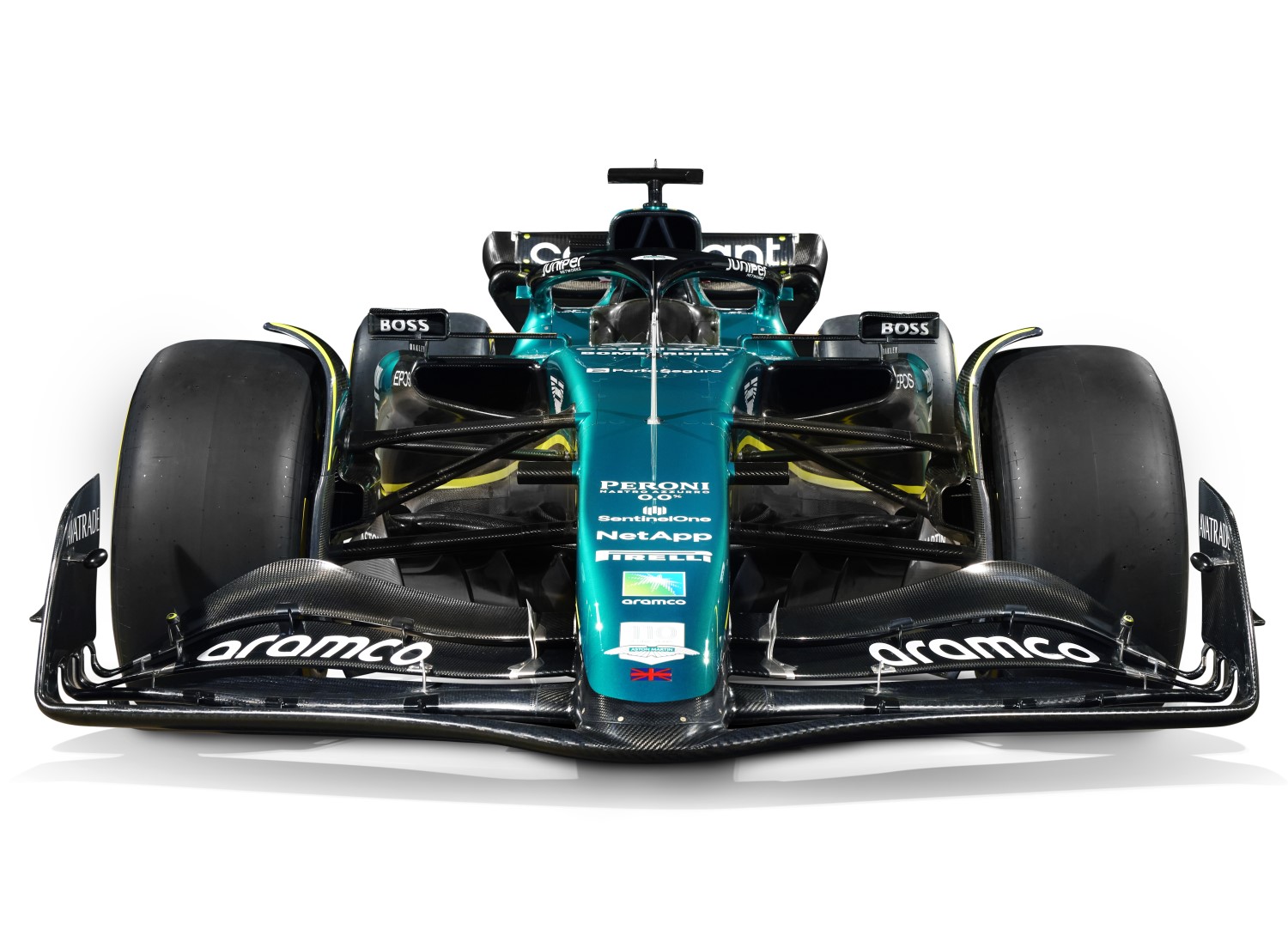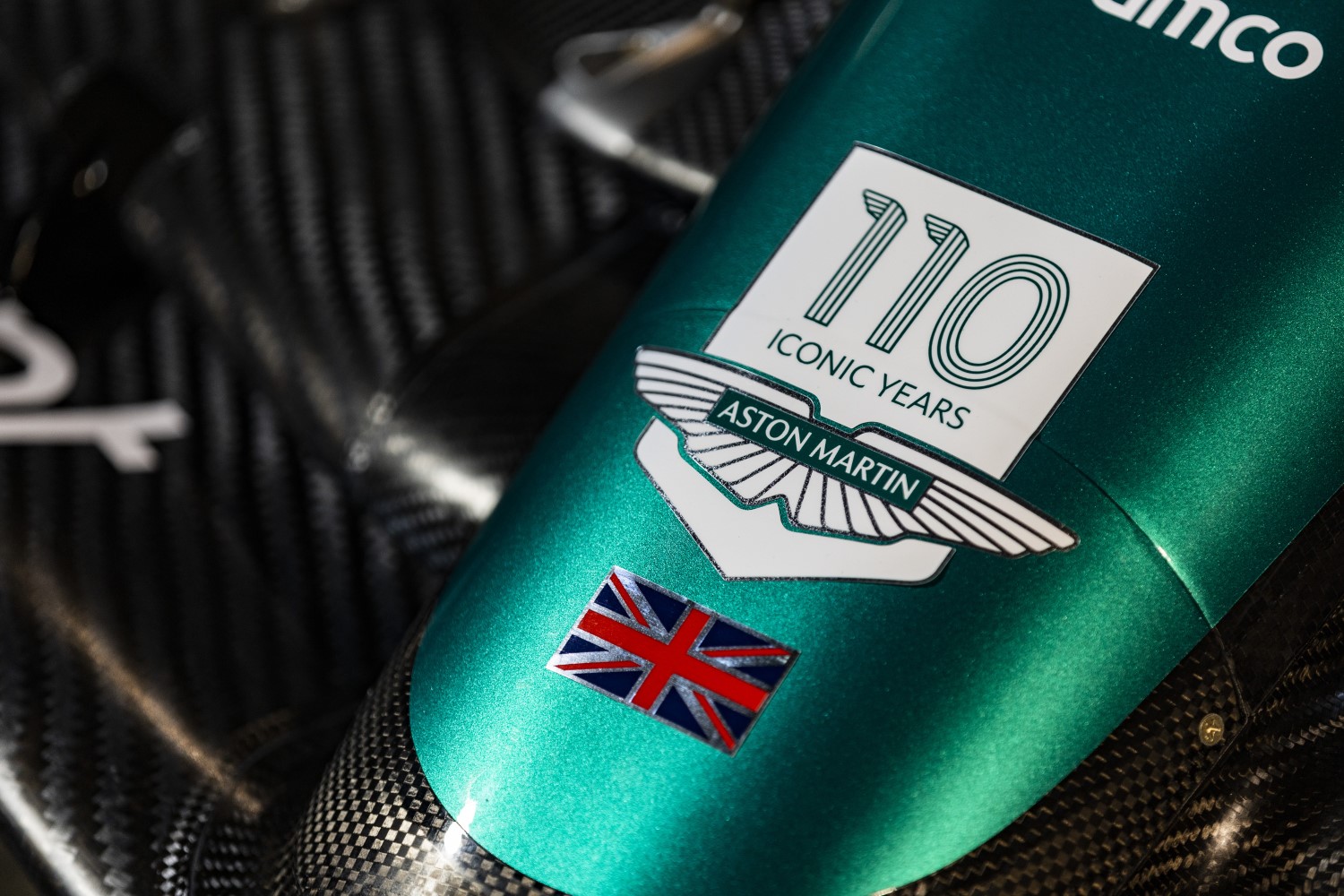F1: Key Aston Martin AMR23 design changes
Driven by passion and purpose, the AMR23 adopts a bold and aggressive design and marks a step change from its predecessor.
With subtle changes to the 2023 technical regulations, aimed at refining 2022’s revolutionary rule book and improving safety, we’ve applied our learnings from the previous season.
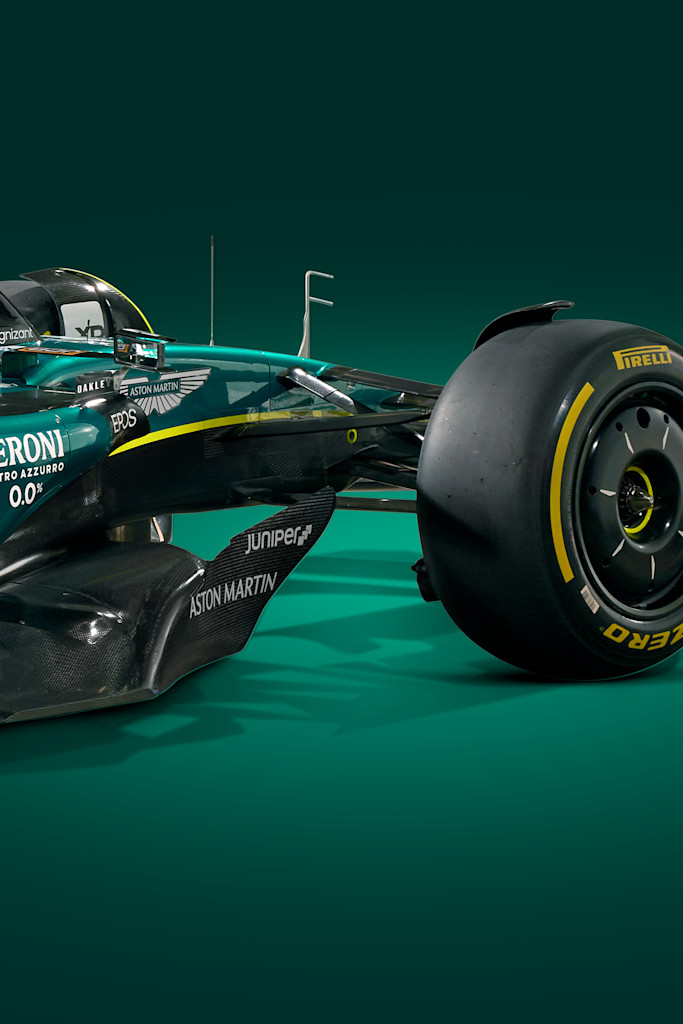
The design team was adamant that it wanted to tackle these regulations without compromise. AMR23 is a significant development of the car we refined in the latter half of 2022.
AGGRESSIVE AERO
Front wing design has been heavily regulated since 2022 – simplified to reduce dirty air and outwash – but it remains crucial to the aerodynamic performance of the car, as it directs airflow across all the aerodynamic surfaces. Any changes in this area can have a significant impact, and a revised concept sees the AMR23 feature a more aggressive front wing profile compared to its predecessor.
1. FRONT WING
A revised, aggressive front wing design, with the tip of the nosecone extending to the leading edge of the wing.
2. SIDEPODS
A scalloped upper surface and deep-angled undercut combine to better manage airflow to the rear of the car.
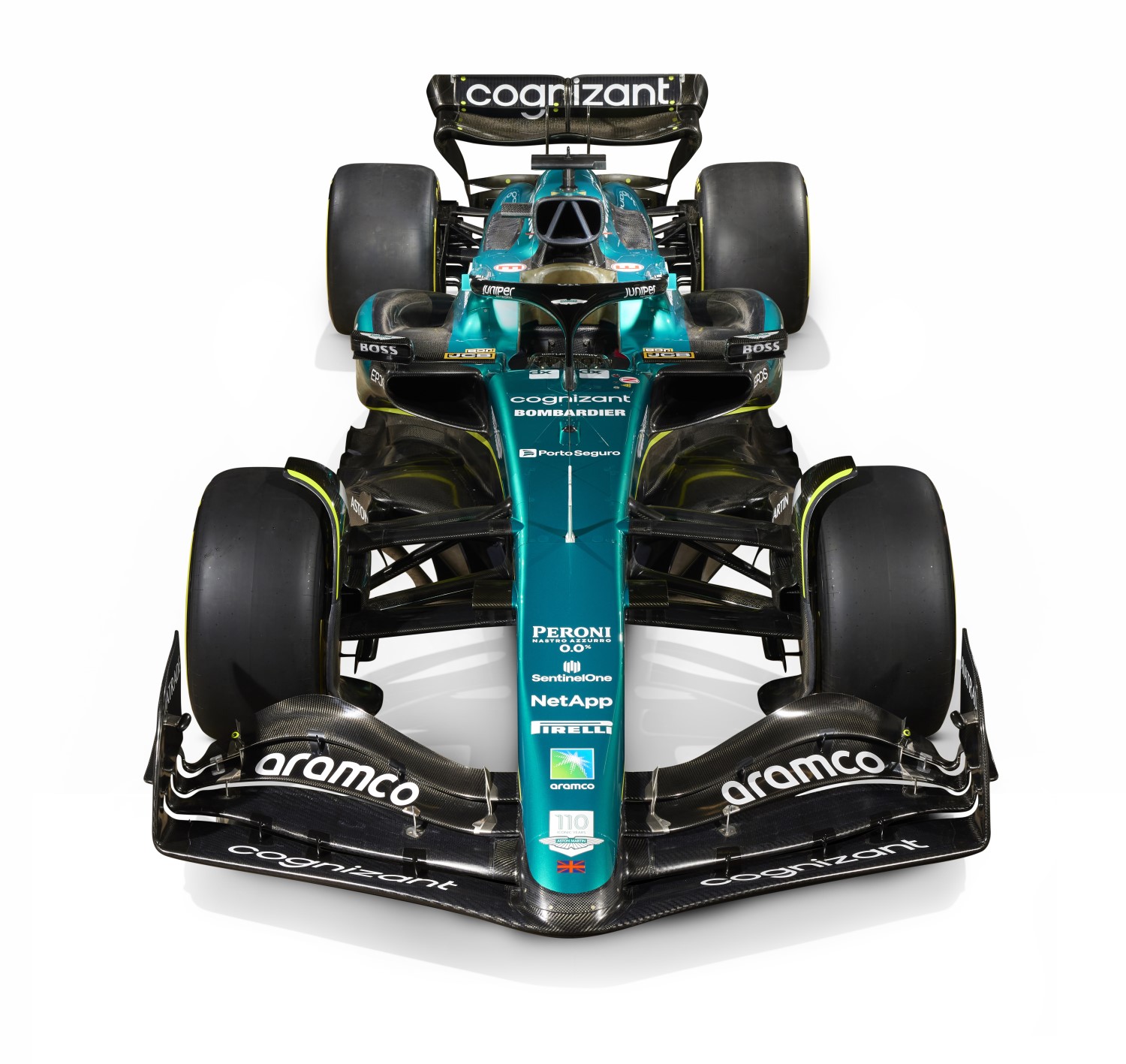 The move to ground-effect aerodynamics in 2022 left teams battling with porpoising and bouncing – an aerodynamic phenomenon that causes an F1 car to rapidly oscillate due to a sudden increase and decrease in downforce.
The move to ground-effect aerodynamics in 2022 left teams battling with porpoising and bouncing – an aerodynamic phenomenon that causes an F1 car to rapidly oscillate due to a sudden increase and decrease in downforce.
To combat the phenomenon, the FIA has increased the height of the floor’s lateral edge by 15mm and raised the diffuser throat to reduce aero sensitivity under the car. The floor of the car has been stiffened to meet more stringent vertical deflection tests: there are six load application points on both sides of the car, and the floor cannot deflect more than 8mm when a total of 600N is applied to each side.
With much of a modern-day F1 car’s downforce generated by the floor, the changes will reduce the overall downforce generated underneath the car, especially in fast corners. Extracting the most from the floor will be key to unlocking performance from the AMR23.
3. FLOOR
Edge raised by 15mm; stiffness increased; diffuser throat raised; additional sensors to monitor vertical oscillations.
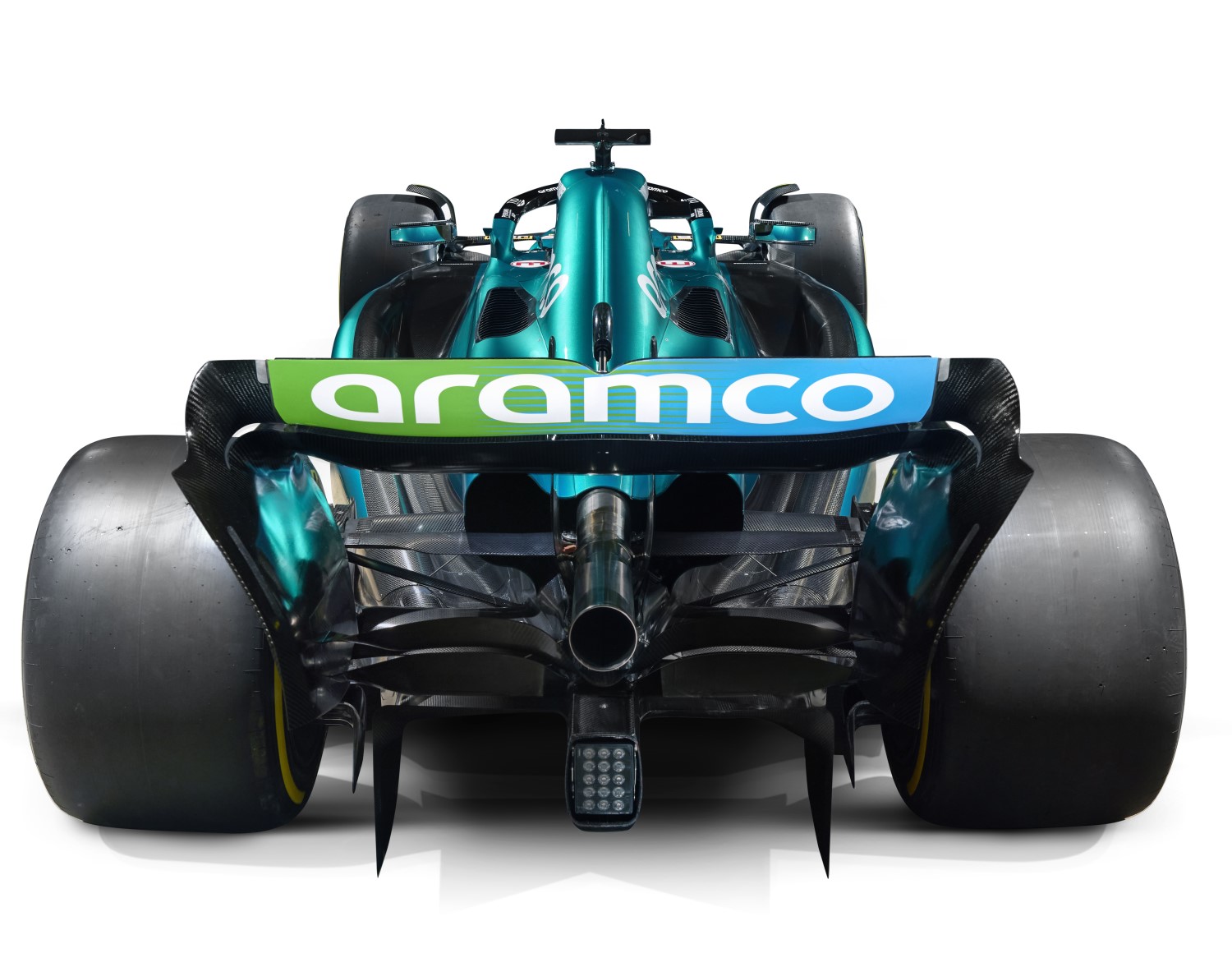
SAFETY IMPROVEMENTS
The race to improve safety in F1 never stops. The roll hoop regulations have changed to ensure that this section of the car is strong enough in the event of a roll and reduce the chance of the roll hoop digging into the ground. The mandated shape of the air intake now limits the extent to which teams can manage airflow around this area towards the sidepods and engine cover. To improve rearward visibility, the size of the mirrors has increased from 150mm x 50mm to 200mm x 50mm. The increase will influence airflow around the sidepods and towards the rear wheels.
4. ROLL HOOP
Revised geometrically to improve strength and a rounded design is now mandated.
5. MIRRORS
Taller and wider, mirrors have increased in size for 2023 in response to reduced rearward visibility due to porpoising and the 18-inch wheels.
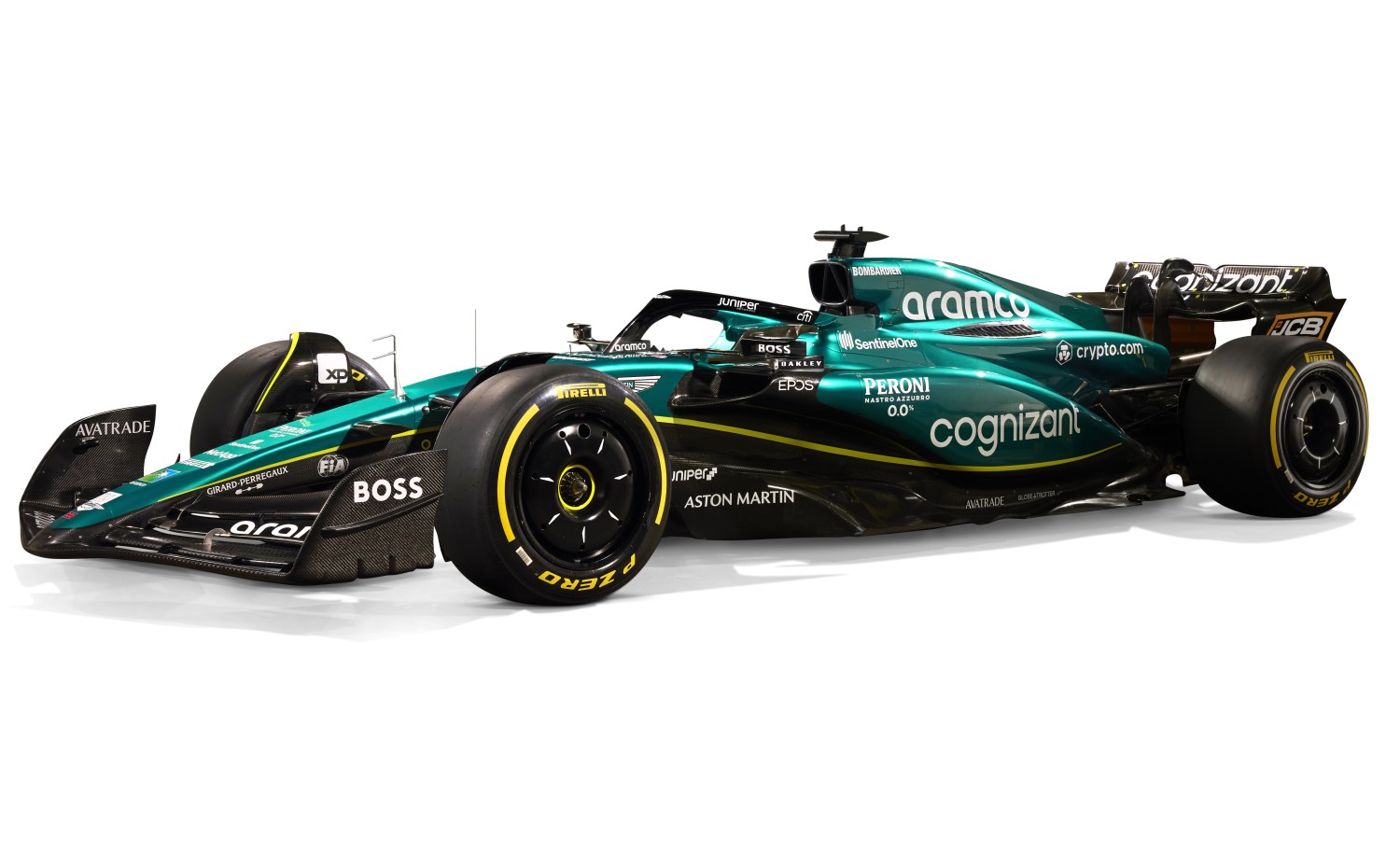
HEAVYWEIGHT FIGHTER
The current generation of F1 car is the heaviest in the sport’s history. A minimum weight limit of 798kg was introduced in 2022 – a 46kg increase over the previous generation of F1 car – owing to bigger, 18-inch wheels and safety enhancements to the chassis.
Although teams made significant inroads on shaving weight from their cars, they struggled to meet the new minimum weight early in the season and the same limit remains for ’23 in part due to further safety improvements being made to the chassis.
